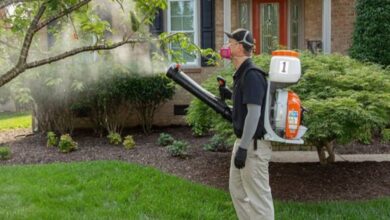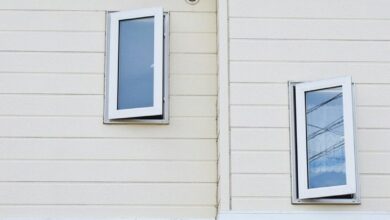How Roofing Contractors Handle Roof Restoration for Historical Homes?
Restoring the roof of a historic home is a delicate process that combines preservation, functionality, and aesthetics. Historical homes often feature unique architectural details and materials that require careful handling to maintain their character while ensuring modern standards of durability and safety. Roof restoration is one of the most critical aspects of preserving these homes, as the roof not only protects the structure but also contributes significantly to its overall appearance. We will explore how roofing contractors from City Roofing Company NYC of Bronx approach the challenges and considerations of restoring roofs for historical homes.
Understanding the Historical Significance of the Roof
The first step in restoring a historical roof is understanding its significance and context. Historical homes often feature roofing materials and designs of a particular era or architectural style. For instance, slate roofs are common in Victorian-era homes, while wood shingles may be found on Colonial-style properties. These features are essential to maintaining the home’s historical authenticity and value.
Roofing contractors begin by researching the property’s history, often consulting historical records, photographs, or architectural guides to understand the original roofing materials and design. This research helps guide decisions about which materials and techniques to use during restoration. In some cases, contractors may collaborate with preservation organizations or local historical societies to ensure their approach aligns with best practices for preserving historical integrity.
- Assessing the Condition of the Existing Roof
Once the historical context is understood, the next step is assessing the existing roof’s condition. Over time, historical roofs are exposed to weathering, aging, and potential neglect, which can lead to significant damage. Contractors conduct a thorough inspection to identify leaks, missing or broken tiles, sagging structures, and water damage to the underlying framework.
During this assessment, contractors carefully document the roof’s condition, noting areas that require immediate attention and those that can be preserved. They may also identify previous repairs or modifications that do not match the original design and determine whether to restore these areas to their original state. This detailed evaluation provides a roadmap for the restoration process, ensuring that every aspect of the roof is addressed with care and precision.
- Sourcing Authentic Materials
Sourcing authentic or compatible materials is critical to restoring a historical roof. The goal is to replicate the original appearance and functionality as closely as possible, often finding traditional materials that are no longer widely available. For instance, natural slate, clay tiles, or hand-split wooden shingles may need to be sourced from specialized suppliers or reclaimed from other historic properties.
Modern materials that mimic the appearance of traditional ones may be used to achieve a similar look while enhancing durability and cost-effectiveness. However, these materials must be chosen carefully to ensure they do not detract from the home’s historical authenticity. Roofing contractors often work closely with homeowners to balance historical accuracy with practical considerations such as budget, maintenance, and longevity.
- Preserving Structural Integrity
Historic homes often have unique structural considerations that must be addressed during roof restoration. Age, water damage, or termites may weaken the underlying framework supporting the roof. Contractors carefully assess the structural integrity of the roof’s framework, making necessary repairs or reinforcements to ensure it can support the weight of the restored roof.
Preserving the original structure is a priority wherever possible. For instance, wooden beams may be repaired using traditional joinery techniques rather than replaced entirely. This approach maintains the home’s historical character while ensuring it meets modern safety standards. Contractors must balance the need for preservation with the requirement to provide a stable and durable roof that can withstand contemporary environmental challenges.
- Incorporating Modern Functionality
While historical accuracy is a primary goal, contractors also consider modern functionality during restoration. This includes incorporating improved insulation, ventilation, and weatherproofing to enhance the roof’s performance without compromising its appearance. For example, hidden underlayment or modern flashing can provide additional protection against water infiltration while remaining invisible from the exterior.
Modern techniques and materials can also improve the energy efficiency of the restored roof. For instance, reflective coatings or insulation layers can help regulate indoor temperatures, reducing energy consumption for heating and cooling. By integrating these features thoughtfully, contractors ensure that the restored roof meets the needs of modern living while maintaining its historical charm.
Roof restoration for historical homes requires a careful balance of preservation, functionality, and attention to detail. Contractors approach this process by understanding the roof’s historical significance, assessing its condition, sourcing authentic materials, preserving structural integrity, and incorporating modern enhancements. Combining these elements ensures that the restored roof protects the home and maintains its unique character and historical value for future generations. This meticulous process preserves the legacy of historical architecture while meeting the demands of contemporary living.

